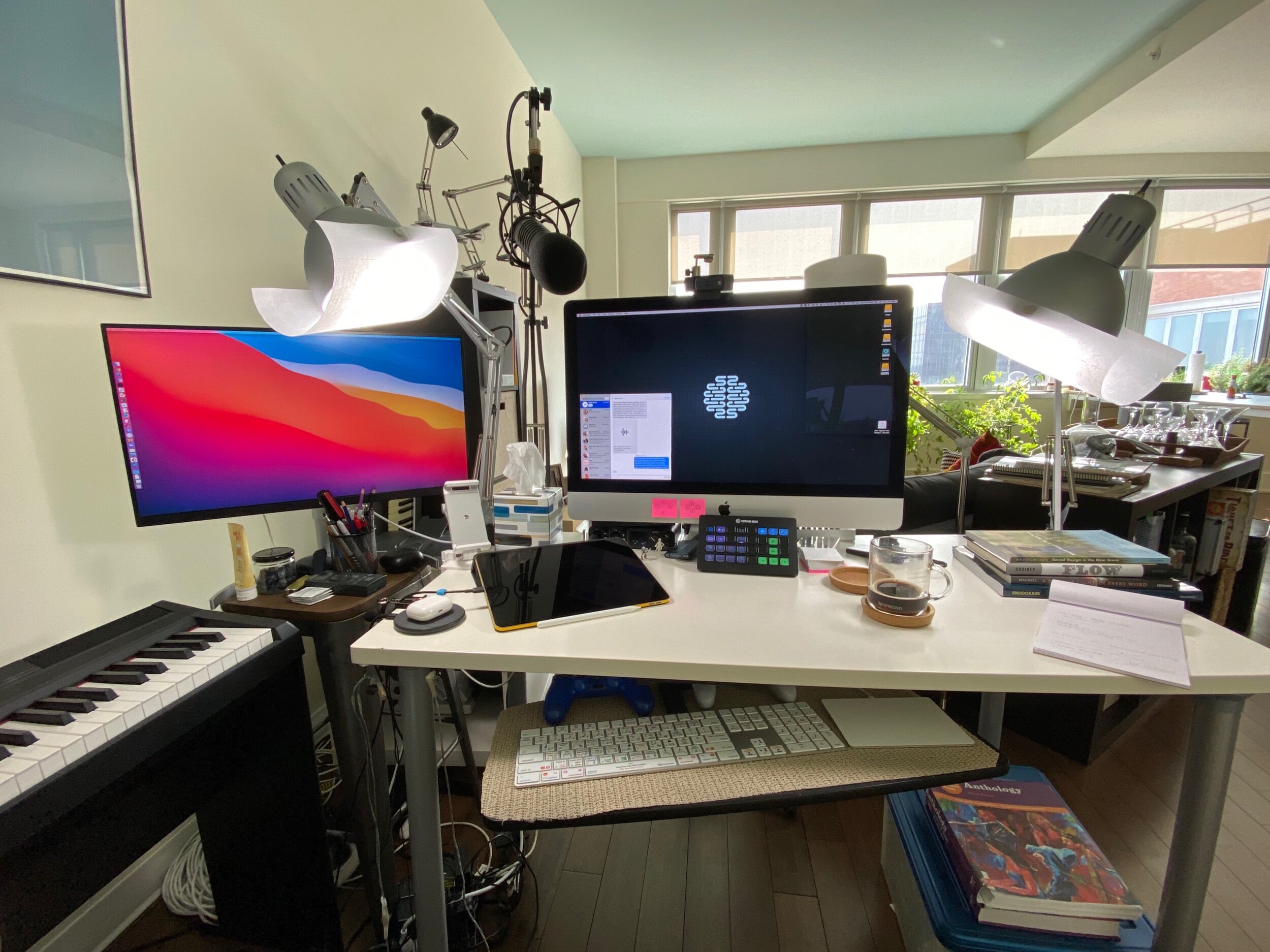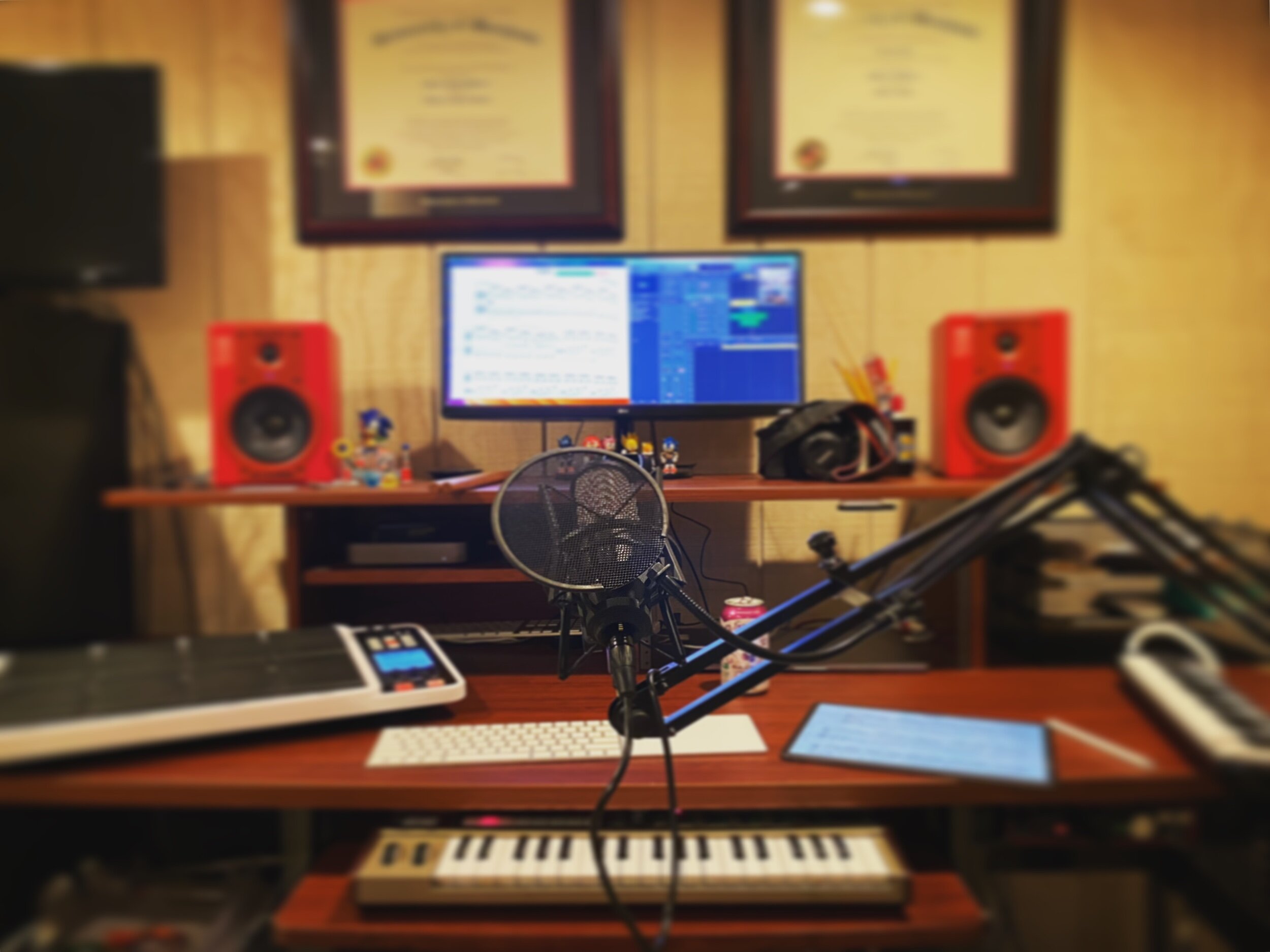Check out the latest episode of Music Ed Tech Talk!
Dr. Peter Perry joins the show to talk about the software and hardware we use in rehearsals, his book Technology Tips for Ensemble Directors, and our recent favorite music, apps, and tech tips.
Subscribe to the Blog...
Subscribe to the Podcast in...
Apple Podcasts | Overcast | Castro | Spotify | RSS
Support Music Ed Tech Talk
Show Notes:
- Dr. Peter Perry's book → Technology Tips for Ensemble Directors
- File Not Found: A generation that grew up with Google is forcing professors to rethink their lesson plans
- iOS 15 and macOS Monterey - Music Ed Tech Talk
- Take, Leave, Transform! What Do We Keep from Last School Year? - Robby Burns (NAfME)
- Get Back into the Rehearsal with Technology - Peter Perry (NAfME)
- Shure wireless mic
- TE Tuner
- GoodNotes
- forScore
- iStroboSoft
- Scale Exercise Play-Along Tracks
- Focusrite Scarlet Solo
- AT2020 Microphone
- Twelve South StayGo USB Hub
- BandLab
- Soundtrap
- Zoom audio recorders
- Focus Modes
- Rogue Amoeba Apps - Loopback | Soundsource | Audio Hijack | Fission
- Rogue Amoeba Audio Apps with Paul Kafasis | Music Ed Tech Talk
- iReal Pro
- Band in a Box
- AirServer
- Classroom Maestro
- Kahoot
- Black Binder
- Dorico
Music of the Week
Robby - Astor Piazzolla and Gary Burton - The New Tango
Peter - Tony Benett and Lady Gaga - Love for Sale)
App of the Week:
Robby - Craft
Peter - Izotope RX9
Where to Find Us:
Please don't forget to rate the show and share it with others!




